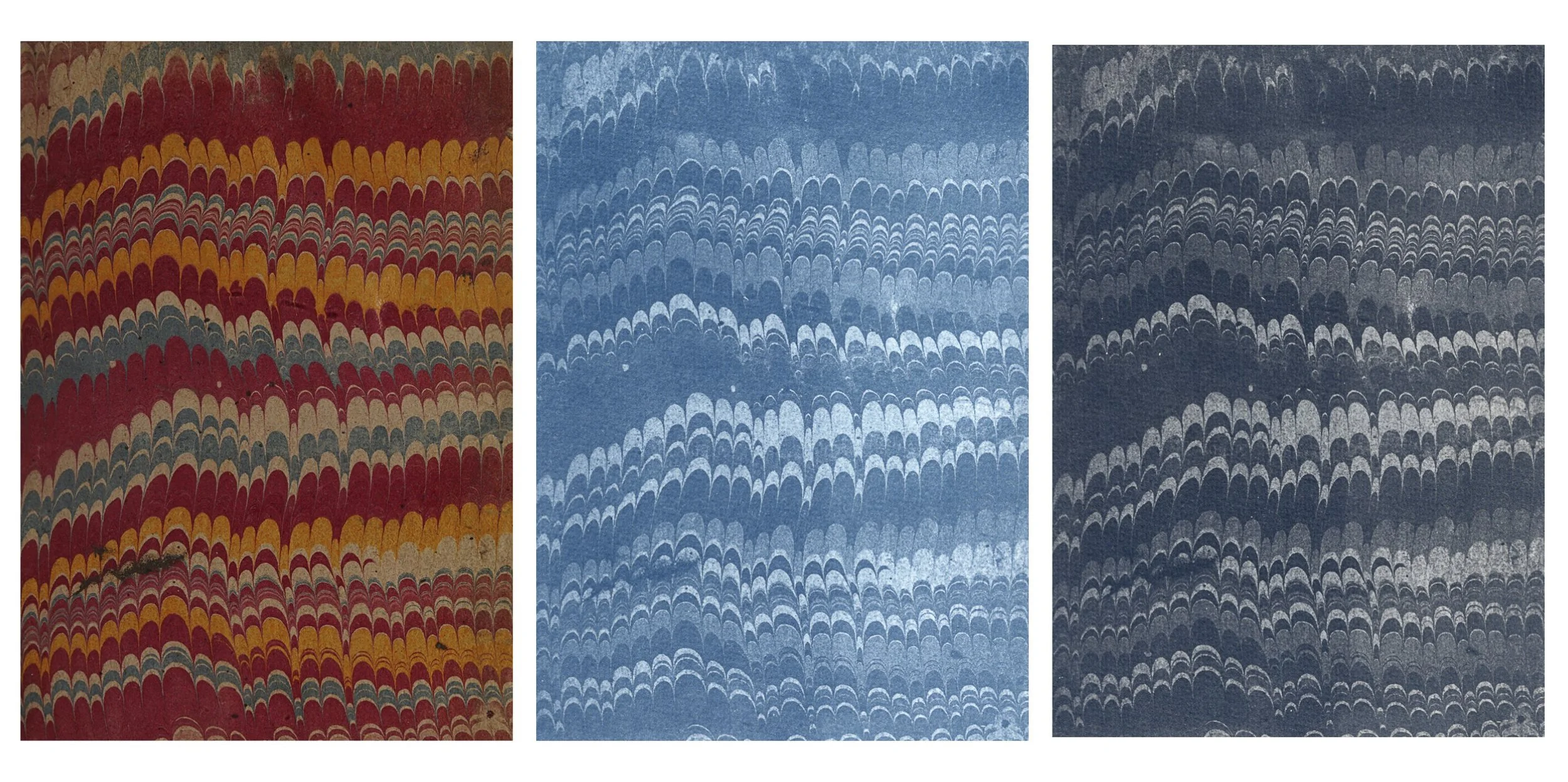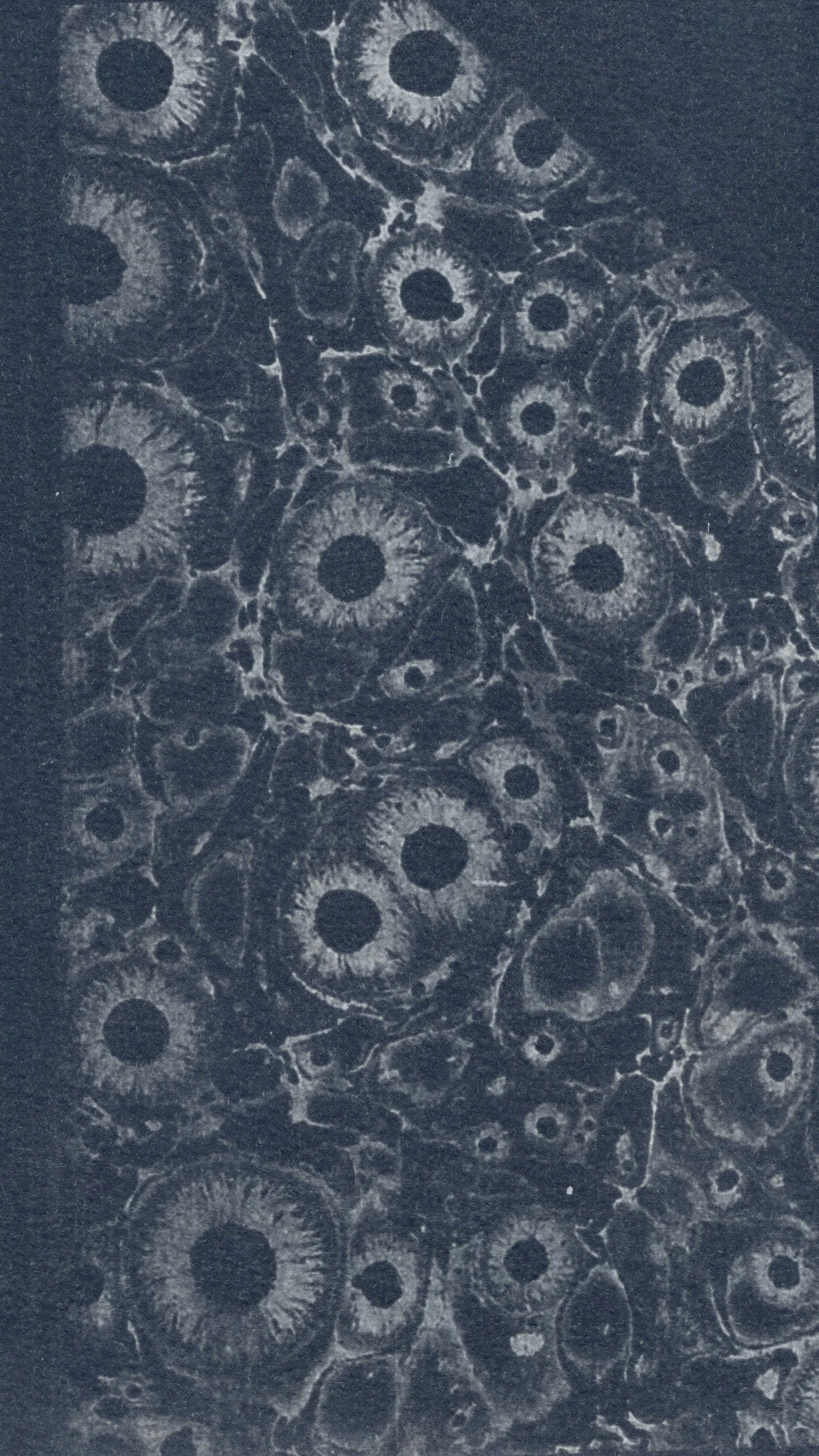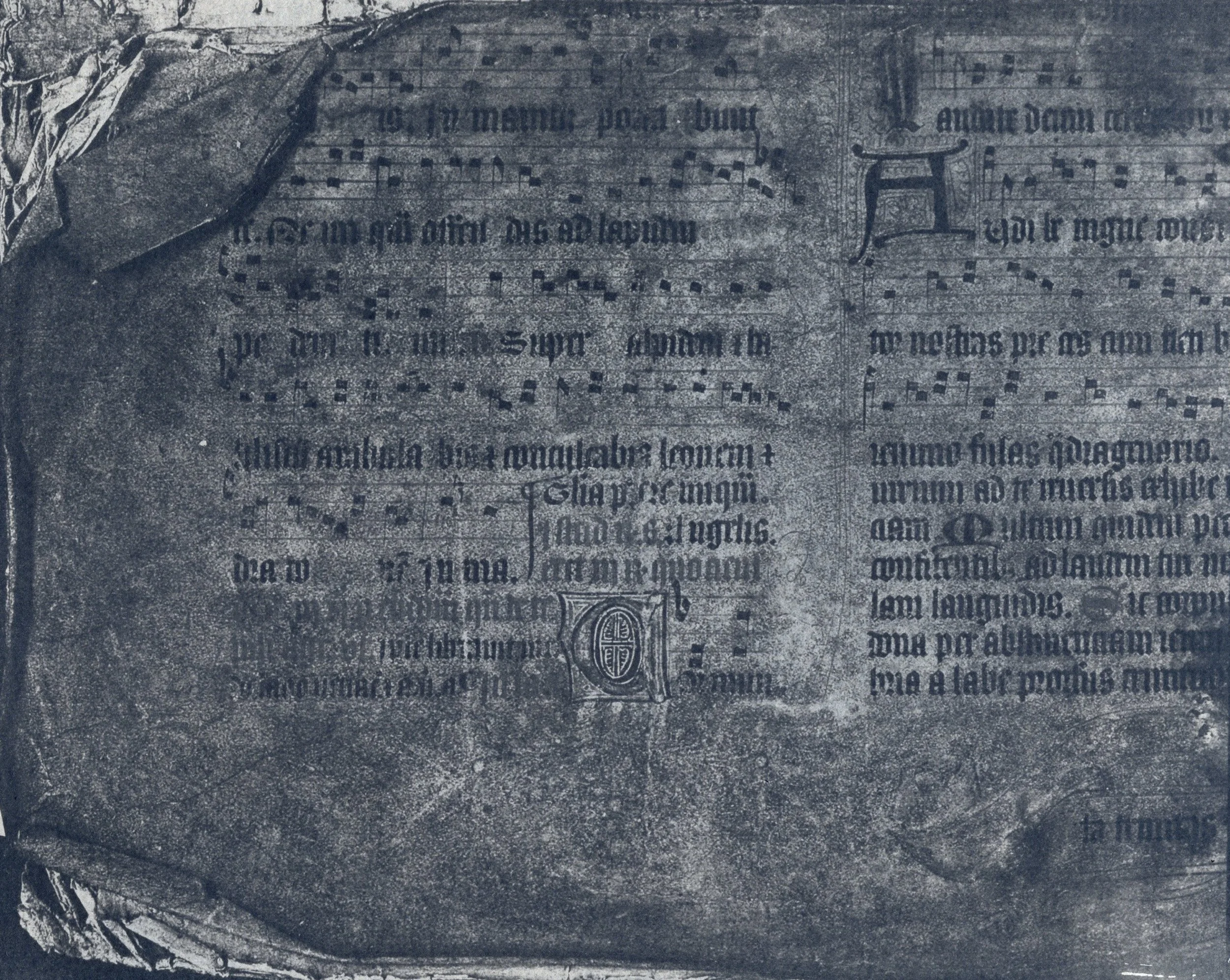
field notes: experiments with making new end papers using historical gynae texts
During my research in the Wellcome Collection catalogue for LBGTQ+ gynae stories, I’ve been getting a bit obsessed by the beautiful end papers in some of the historic books. I’ve been using the different designs as inspiration for making new end papers using alternative photographic processes. It feels ironic to find something so beautiful on the outside of a text, when the inside can often be pretty awful (women being made to use mercury in uterine fumigation for example*).
In old books endpapers protect the first and last pages from handling, light, or getting scuffed up. From the 16th century, endpapers were created using marbling, a process which is thought to have started in Persia. Each place and region developed its own signature styles and colour palettes, so some made these bold and combed patterns for example, with more delicate stone-like designs being used in England.
What I particularly like is that a lot of early books were often bound in waste materials found in the printers workshop like musical scores, previous manuscripts etc that had been discarded. This aligns with my move to a more sustainable photographic practice - buying photographic paper second hand or reusing cyanotypes that haven’t quite worked out, for example. I love that the endpapers become works of art in their own right. It’s always exciting when I find one on our gynae project as they’re not used in all of the materials we look at.
Image above: triptych of endpaper experiments
left - original end paper from ‘A treatise of vapours, or, hysterick fits / John Purcell]. Public Domain Mark. Source: Wellcome Collection.‘ 1707.
middle - new endpaper created using above original digital image of text as unique cyanotype.
right - new endpaper created using above original digital image of text as unique toned cyanotype using mint.
Images below: experiments (various)
left - unique cyanotype toned in mint, using original end paper (section) from La rose sans épines, ou Vénus affranchie du repentir, par la découverte d'un moyen infaillible de neutraliser les effets du virus vénérien. Ouvrage lu par différentes personnes de l'art de guérir / par E. Girouard, officer de santé, accoucheur. Source: Wellcome Collection. This book title can be translated as: The Rose Without Thorns, or Venus Emancipated from Repentance by the Discovery of an Infallible Means of Neutralizing the Effects of the Venereal Virus by E. Girouard, [Edition of 1799].
right - unique cyanotype toned in mint, using original end paper (section) from ‘Album of engravings bound in a mediaeval music manuscript of nine staves.’ Mixed media, ca. 1500-1700 (?). Wellcome Collection.
*Uterine fumigation was prevalent in the 17thC (and is still used today). Women sat over a steaming pot of toxic mercury or fragrant herbs and spices to attract the ‘wandering womb’ back down - drawn to the pleasant smells.
This participatory research and socially engaged project is being delivered in collaboration with the Wellcome Collection.


